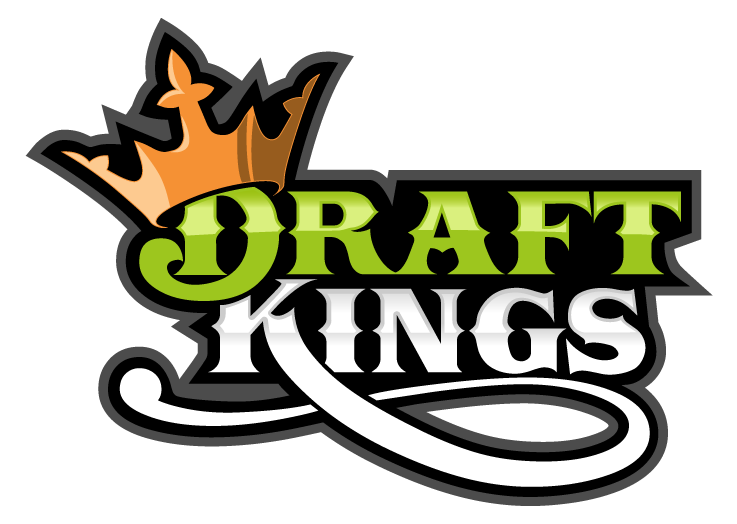The pattern finding algorithm takes the most recent n-bars, and calculates a moving average for each bar. It then takes the change in the moving average and compares the shape of the seed moving average with the calculated moving average for all bars in the previous history.
The most closely linearly correlated sets of moving average are then used to identify times in the past when that bar pattern happened. When the top correlated matches are found, the algorithm captures what happens after the historical matches. These action-reaction pairs are then projected into the future to determine in what direction the price moved. Whenever the projection has a strong bias in one direction versus another, the algorithm places a trade to benefit from the projection.
Surprisingly, the plan worked fairly well at predicting future movement about 53% of the time. Not enough to really be counted as a strong edge, but definitely a move in the right direction. The trade opportunities are fairly strong, but the system needs to be improved to understand when to exit a trade.






